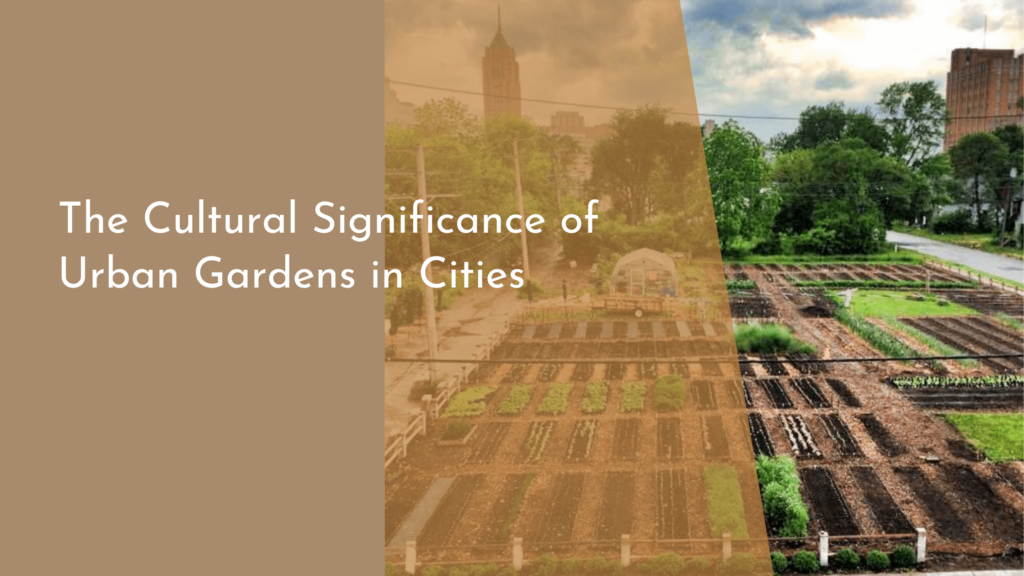Syngas for Distributed Energy Networks
As the world grapples with the pressing need for sustainable energy solutions, syngas emerges as a promising player in the realm of distributed energy networks. Short for synthesis gas, syngas is a versatile gaseous fuel primarily composed of hydrogen and carbon monoxide. Its ability to be generated from various feedstocks, including biomass, coal, and even waste materials, makes it an attractive option for local energy systems. In this article, we delve into the potential of syngas, exploring how it can enhance local energy production, its numerous benefits, and the exciting innovations on the horizon.
Unlocking the Potential of Syngas in Energy Networks
Syngas represents a pivotal development in the quest for a more decentralized and resilient energy framework. By converting a variety of carbon-based materials into usable energy, syngas can significantly enhance energy security for communities, reducing reliance on centralized power plants. This localized approach not only minimizes transmission losses but also empowers communities to utilize locally available resources, fostering energy independence. As renewable energy sources like solar and wind continue to gain traction, syngas can complement these technologies, serving as a stable and controllable energy source when renewables are insufficient.
Moreover, the flexibility of syngas production methods means that it can be integrated into existing energy infrastructures with relatively low barriers. Advanced gasification technologies allow for efficient conversion of feedstocks, while existing natural gas infrastructure can often be adapted to accommodate syngas. This adaptability can ease the transition toward a cleaner energy landscape, making syngas an essential element in modern distributed energy networks. The synergy between syngas and renewable energy sources can create a harmonious energy ecosystem that benefits both the environment and local economies.
How Syngas Boosts Local Energy Production and Efficiency
One of the standout advantages of syngas is its ability to enhance local energy production. By harnessing locally sourced feedstocks, communities can generate energy close to where it is consumed. This proximity not only reduces transportation and distribution costs but also results in lower carbon emissions associated with energy transport. The decentralized nature of syngas systems means that communities can respond more agilely to their energy needs, scaling production up or down based on demand fluctuations. This flexibility is particularly important in today’s rapidly changing energy landscape.
In addition to boosting energy production, syngas also improves overall efficiency within energy networks. It can be utilized in various applications, including electricity generation, heating, and as a feedstock for producing synthetic fuels. This multi-functionality allows for a more efficient use of resources, as the same feedstock can serve different purposes depending on the needs of the community. By optimizing energy use and reducing waste, syngas can play a critical role in driving down energy costs while simultaneously contributing to sustainability goals.
Exploring the Benefits of Distributed Syngas Systems
Distributed syngas systems offer a myriad of benefits that extend beyond mere energy production. One of the most notable advantages is their potential to create local jobs and stimulate economic growth. As communities invest in syngas production facilities, they generate employment opportunities in various sectors, including engineering, operations, and maintenance. This localized economic impact can empower communities and promote resilience, helping to buffer against the economic uncertainties associated with fluctuating global energy markets.
Additionally, distributed syngas systems contribute to environmental sustainability. By utilizing waste materials and other feedstocks that might otherwise be discarded, syngas production helps to mitigate landfill use and reduce greenhouse gas emissions. When paired with carbon capture technologies, syngas can further enhance its environmental profile, converting waste into valuable energy while minimizing the carbon footprint. This dual benefit of economic development and environmental stewardship positions distributed syngas systems as a winning solution for communities looking to balance growth with sustainability.
Future Innovations: Syngas and Sustainable Energy Solutions
The future of syngas in distributed energy networks looks remarkably bright, particularly with the ongoing advancements in technology and research. Innovations are continuously emerging in gasification processes, leading to increased efficiency and lower costs of syngas production. Researchers are also exploring ways to integrate biogas and other renewable gases into syngas systems, expanding the feedstock options available. These advancements hold the promise of creating more resilient and sustainable energy networks that are better equipped to meet future energy demands.
Moreover, syngas is likely to play a pivotal role in the transition to a hydrogen economy. With the growing focus on hydrogen as a clean energy carrier, syngas can serve as a bridge by providing a means to produce hydrogen in an efficient and sustainable manner. As technologies evolve and the demand for cleaner energy sources increases, syngas could become a cornerstone of a comprehensive energy strategy that prioritizes local production, sustainability, and innovation. Embracing syngas now is not just a choice for today, but a strategic move toward a brighter energy future.
In conclusion, the potential of syngas in distributed energy networks is nothing short of exciting. By enabling localized energy production, boosting efficiency, and fostering economic growth, syngas offers a pathway toward a sustainable energy future. With continuous innovations on the horizon, the role of syngas is poised to expand even further, promising to create vibrant, resilient communities powered by clean, locally sourced energy. As we look ahead, embracing syngas could be the key to unlocking a more sustainable energy landscape for generations to come.

